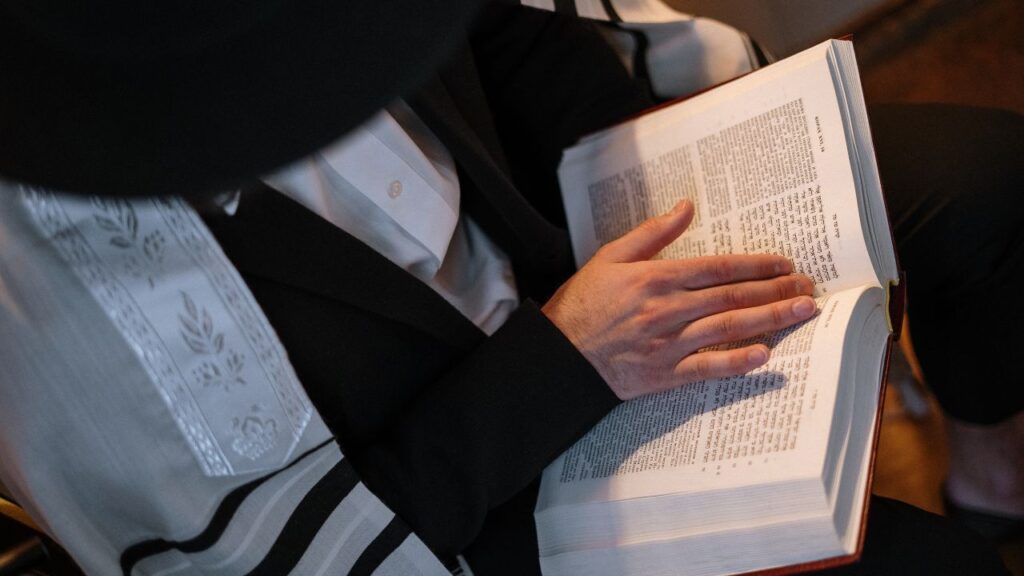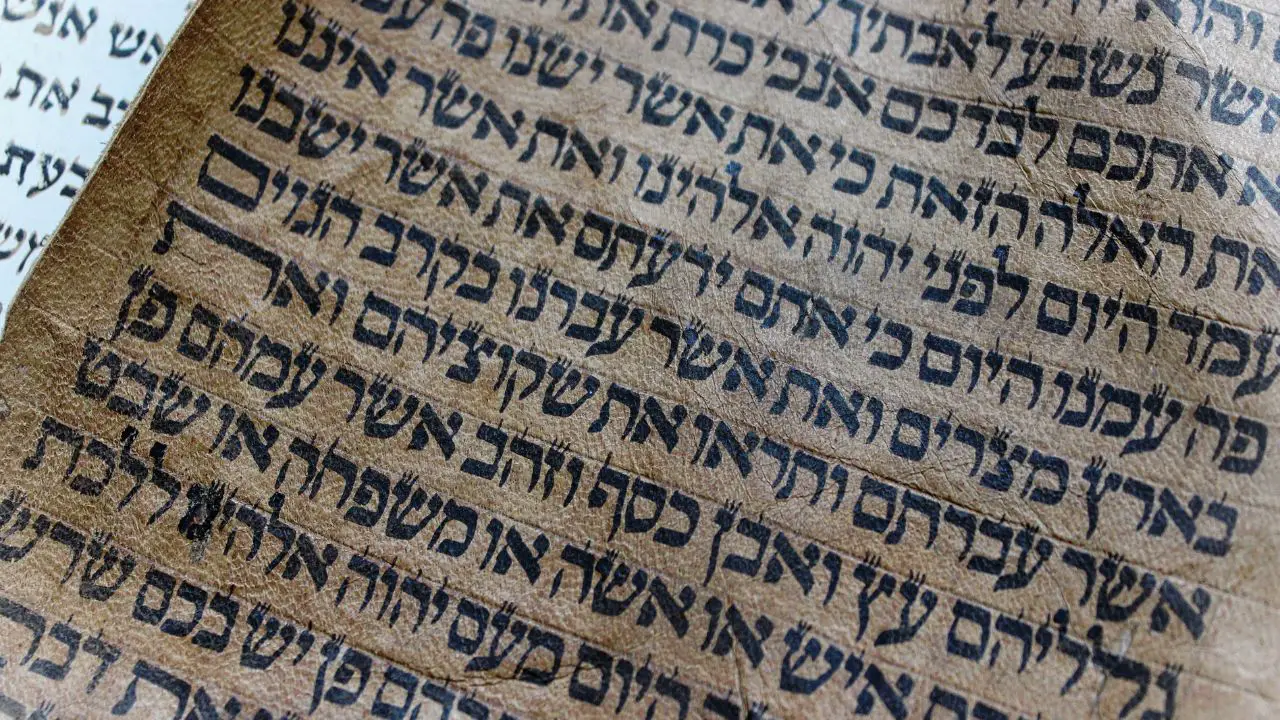Hebrew Notes: Unraveling the Significance and Legacy
Introduction
Music is a universal language, transcending borders and cultures, but within each culture lies a unique musical heritage, rich with history and tradition. One such intriguing tradition is that of Hebrew notes, which encompasses a complex system of musical notation intertwined with centuries of Jewish culture, spirituality, and identity. In this article, we embark on a journey to unravel the mystery of Hebrew notes, exploring their origins, significance, and evolution through time.
Origins and Development of the Hebrew Notes
Hebrew notes, also known as neumes, have their roots deeply embedded in the ancient Jewish tradition of chanting sacred texts. The earliest forms of Hebrew musical notation date back to the time of the Second Temple in Jerusalem, where Levitical singers utilized a system of signs to guide them in the intonation of biblical passages and prayers. These signs, though rudimentary compared to modern musical notation, served as a means of preserving the melodic patterns and accents inherent in the Hebrew language.
Over the centuries, as Jewish communities dispersed across the globe, the tradition of chanting and musical notation evolved in tandem with their respective cultures and languages. In the Byzantine and Sephardic traditions, for example, unique styles of cantillation emerged, each characterized by distinct melodic motifs and ornamentations.
The Medieval Period witnessed a significant advancement in Hebrew notation with the development of more structured systems influenced by the musical practices of neighboring cultures. One notable example is the Tiberian system, which originated in the Middle East and became prevalent among Jewish communities in North Africa and Spain. This system employed symbols placed above or below the text to indicate pitch and duration, laying the groundwork for later innovations in Hebrew musical notation.
Renaissance and Beyond
The Renaissance period brought about further refinement and standardization of Hebrew notation, particularly in the context of liturgical music. Jewish composers and scribes began to adopt symbols and conventions borrowed from contemporary European musical notation, resulting in a more comprehensive and easily readable system.
One of the most significant developments during this time was the adaptation of square notation, a style prevalent in Gregorian chant, for Hebrew liturgical music. Square notation, characterized by its square-shaped symbols representing specific pitches and durations, provided a clear and concise method of recording melodies, thereby facilitating their transmission and preservation.
The 18th and 19th centuries witnessed a flourishing of Jewish musical creativity, spurred by the cultural renaissance known as the Haskalah. Composers such as Salomon Sulzer and Louis Lewandowski fused elements of Western classical music with traditional Jewish melodies, producing a repertoire of synagogue music that continues to resonate with congregations worldwide.

Modern Era
The 20th century ushered in an era of unprecedented innovation and experimentation in Jewish music, fueled by advancements in technology and the globalization of musical influences. Jewish composers and performers embraced a wide array of musical styles, from jazz and blues to rock and hip-hop, infusing traditional melodies with contemporary rhythms and harmonies.
At the same time, scholars and musicians embarked on efforts to document and preserve the vast treasure trove of Jewish musical heritage. Institutions such as the Jewish Music Research Centre in Israel and the Milken Archive of Jewish Music in America dedicated themselves to collecting, cataloging, and disseminating recordings and manuscripts spanning centuries of Jewish musical tradition.
In recent decades, the advent of digital technology has revolutionized the study and practice of Hebrew notation, enabling scholars to access and analyze vast quantities of musical data with unprecedented ease and precision. Projects such as the Cantus Index and the Digital Index of North American Jewish Music have leveraged digital tools to create comprehensive databases of Jewish musical sources, opening new avenues for research and exploration.
Significance and Legacy of the Hebrew Notes
Hebrew notes represent far more than mere symbols on a page; they embody the collective memory and spiritual heritage of the Jewish people. Through the act of chanting sacred texts by traditional melodies and modes, individuals participate in a timeless continuum that transcends generations and continents, connecting them to their ancestors and the divine.
Moreover, Hebrew notes serve as a potent symbol of resilience and continuity in the face of adversity. Despite centuries of persecution, dispersion, and cultural upheaval, Jewish communities have steadfastly preserved and transmitted their musical tradition from one generation to the next, ensuring that it remains an integral part of Jewish identity and worship.

Conclusion
In the tapestry of Jewish culture, Hebrew notes stand as a testament to the enduring power of music to inspire, uplift, and unite. As we continue to unravel the mysteries of this ancient musical tradition, let us embrace the beauty and richness of Hebrew notation, recognizing it as a precious legacy to be cherished and safeguarded for generations to come.
Related articles:

